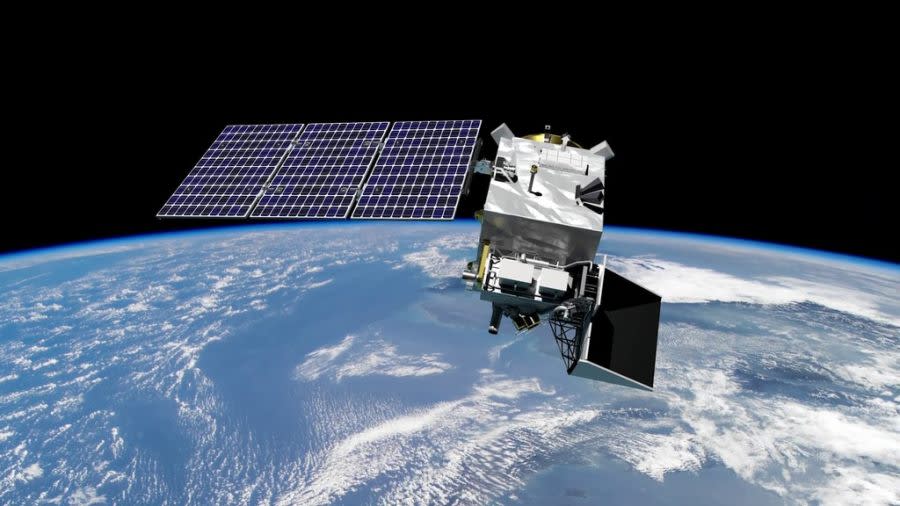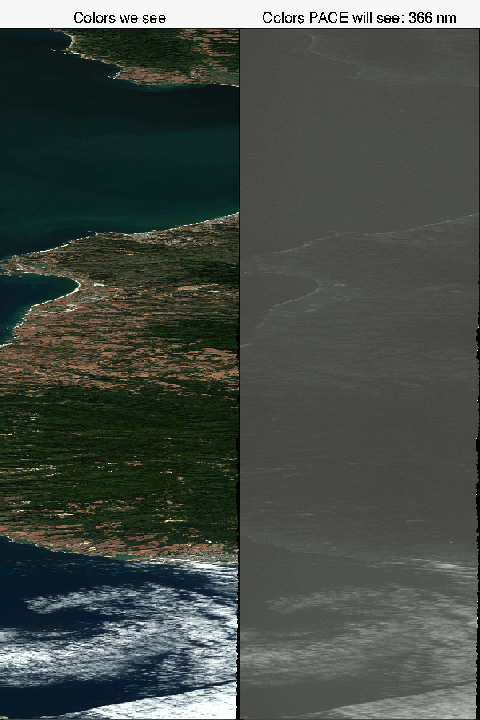Toxic algae and plankton: NASA’s new mission could make it safer to head to the water
AUSTIN (KXAN) — Toxic algae blooms have plagued popular beaches and rivers in the past. Over the last several years, toxic algae in Lady Bird Lake has made the water unsafe and has been responsible for the deaths of several dogs.
NASA’s newest mission could make it easier to track similar blooms in our oceans, helping explain the ocean’s health in a warming world.
PACE, the Plankton, Aerosol, Cloud and ocean Ecosystem satellite was originally scheduled to launch on February 6 at 12 a.m. CST. That mission has now been delayed to February 8 at around the same time. The mission is the first in twenty years to bring a new NASA satellite meant to study our oceans into orbit.
“It is going to be able to focus on teeny tiny particles, both in the atmosphere and the ocean, and help us understand how to control our climate,” said Ivona Cetinic, an oceanographer with NASA who is leading plankton studies for this mission.
The Science Behind PACE
PACE is able to study these tiny particles by using an advanced camera capable of capturing subtle changes to the color of our oceans. Cetinic said that plankton comes in different colors depending on the species. By tracking the colors you can see what species are thriving and where they are.

“Plankton, especially phytoplankton, and the plants like plankton, it’s the base of marine food web, it feeds everything,” Cetinic said. “On the other side, it produces oxygen, and also controls the carbon flow in the ocean.”
These plankton, Cetinic said, absorb much of the carbon in our atmosphere. This helps control the climate.
At the same time, this means that some plankton and algae can grow out of control. Toxic forms of these plankton and algae can make our water unsafe.
Gravity holes: How UT’s experimental mission uncovered secrets of our planet
“If you’re going to beach, you really want to know, ‘is it okay to swim?’ Currently, ocean color satellites cannot tell you what type of phytoplankton it is. Is it a bad one, or a good one currently sitting offshore? PACE will be able to answer that.”

The Impact of Greening Oceans
Over the past several decades, Earth’s oceans have grown greener due to the proliferation of plankton and algae, Cetinic said. However, this is all we know. We don’t know how the changes are impacting plankton communities.
Understanding these changes is essential to understanding the Earth’s ocean health. According to NASA, forty percent of the world’s population lives within 62 miles of an ocean. Twelve percent of the economy relies on the ocean’s species.
In addition to studying plankton, PACE will also observe aerosol and cloud data.
It will use an advanced camera, the Ocean Color Instrument, and a device called the Multi-angle Polarimeters to observe how light passes through our clouds and seas.
PACE is scheduled to last three years, but has enough fuel for a decade’s worth of research.
For the latest news, weather, sports, and streaming video, head to KXAN Austin.

